The Alternative Data Market is currently characterized by a dynamic competitive landscape, driven by the increasing demand for data-driven insights across various sectors. Key players such as Thomson Reuters (CA), Bloomberg (US), and S&P Global (US) are at the forefront, leveraging their extensive data repositories and analytical capabilities to enhance their service offerings. These companies are strategically positioned to capitalize on the growing trend of digital transformation, focusing on innovation and partnerships to expand their market reach. Their collective strategies not only enhance their competitive edge but also shape the overall market dynamics, fostering an environment where data accessibility and analytical sophistication are paramount.
In terms of business tactics, companies are increasingly localizing their operations and optimizing supply chains to better serve regional markets. The competitive structure of the Alternative Data Market appears moderately fragmented, with several players vying for market share. However, the influence of major companies like FactSet (US) and Moody's (US) remains substantial, as they continue to set industry standards and drive innovation through strategic acquisitions and technological advancements.
In August 2025, Bloomberg (US) announced a partnership with a leading AI firm to enhance its data analytics capabilities. This collaboration aims to integrate advanced machine learning algorithms into Bloomberg's existing platforms, thereby improving the accuracy and speed of data processing. Such a strategic move underscores Bloomberg's commitment to maintaining its competitive edge in an increasingly data-centric environment, where the ability to provide real-time insights is crucial.
Similarly, in September 2025, S&P Global (US) launched a new suite of alternative data products designed to cater to the evolving needs of institutional investors. This initiative reflects S&P's focus on innovation and its intent to diversify its offerings in response to market demands. By expanding its product line, S&P Global not only enhances its value proposition but also positions itself as a leader in the alternative data space, potentially attracting a broader client base.
Moreover, in July 2025, IHS Markit (GB) acquired a niche data analytics firm specializing in environmental data. This acquisition is indicative of IHS Markit's strategy to bolster its sustainability analytics capabilities, aligning with the growing emphasis on environmental, social, and governance (ESG) factors in investment decisions. The integration of such specialized data into IHS Markit's offerings may provide a competitive advantage in a market increasingly focused on sustainable investment practices.
As of October 2025, the Alternative Data Market is witnessing trends that emphasize digitalization, sustainability, and the integration of artificial intelligence. Strategic alliances are becoming increasingly vital, as companies recognize the need to collaborate to enhance their technological capabilities and market reach. Looking ahead, competitive differentiation is likely to evolve, shifting from traditional price-based competition to a focus on innovation, technological advancement, and supply chain reliability. This transition suggests that companies that prioritize these aspects will be better positioned to thrive in the rapidly changing landscape of the Alternative Data Market.



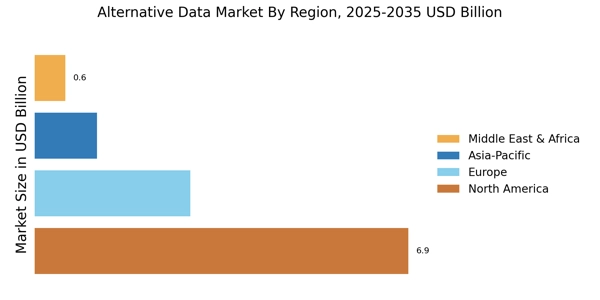

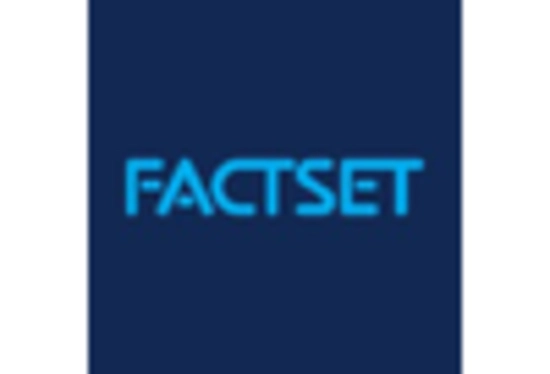
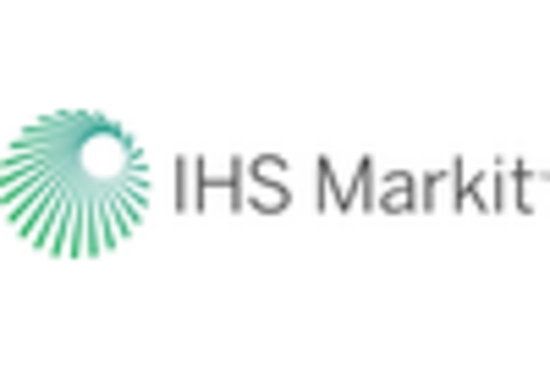

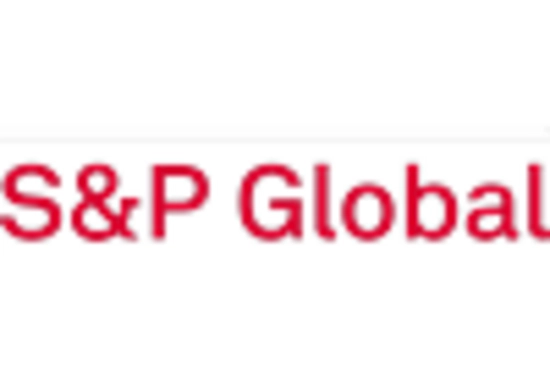
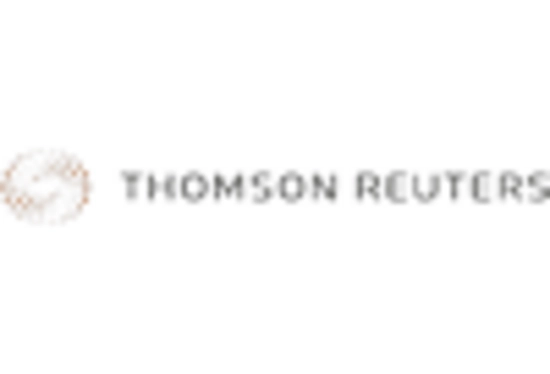








Leave a Comment